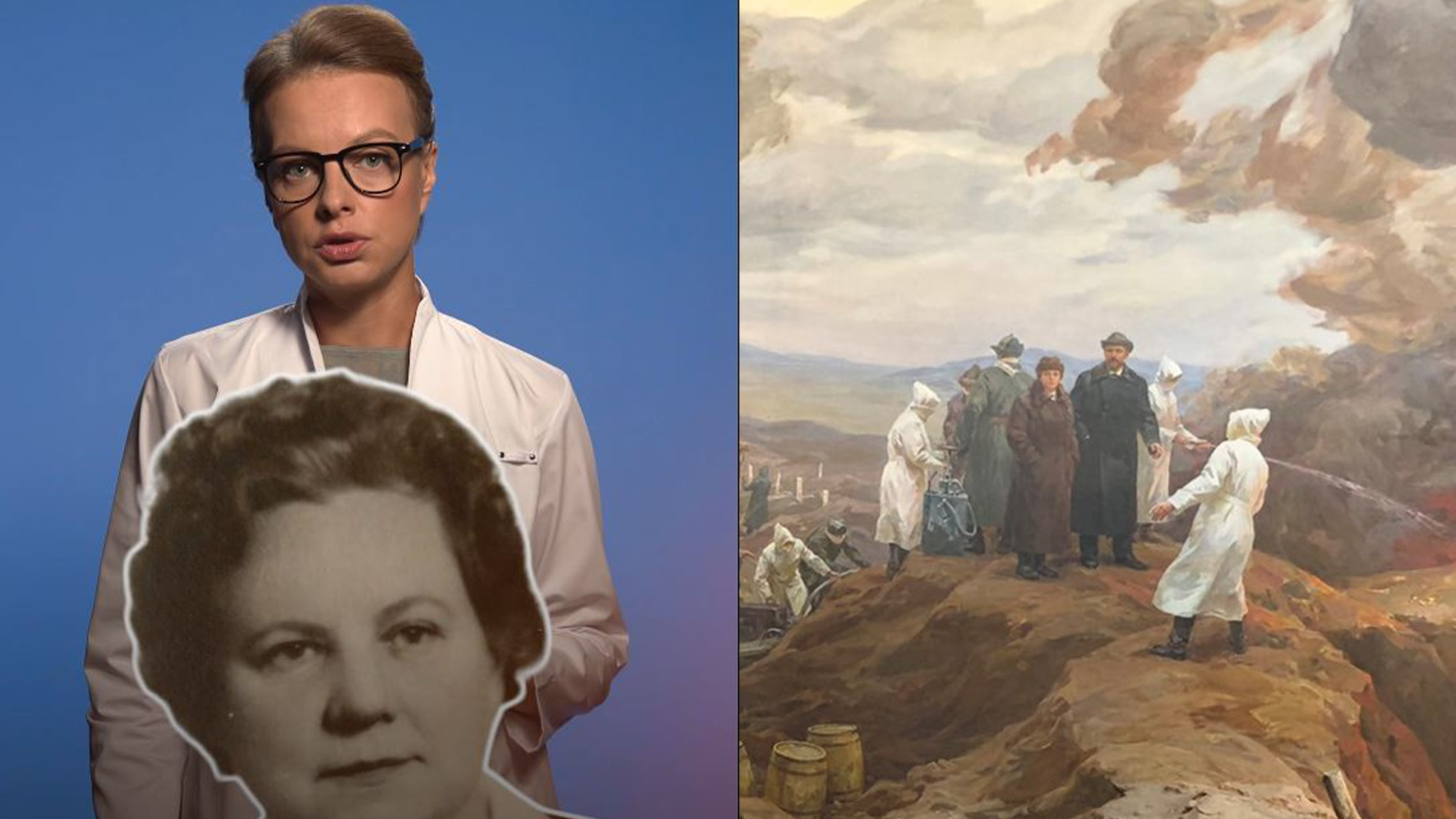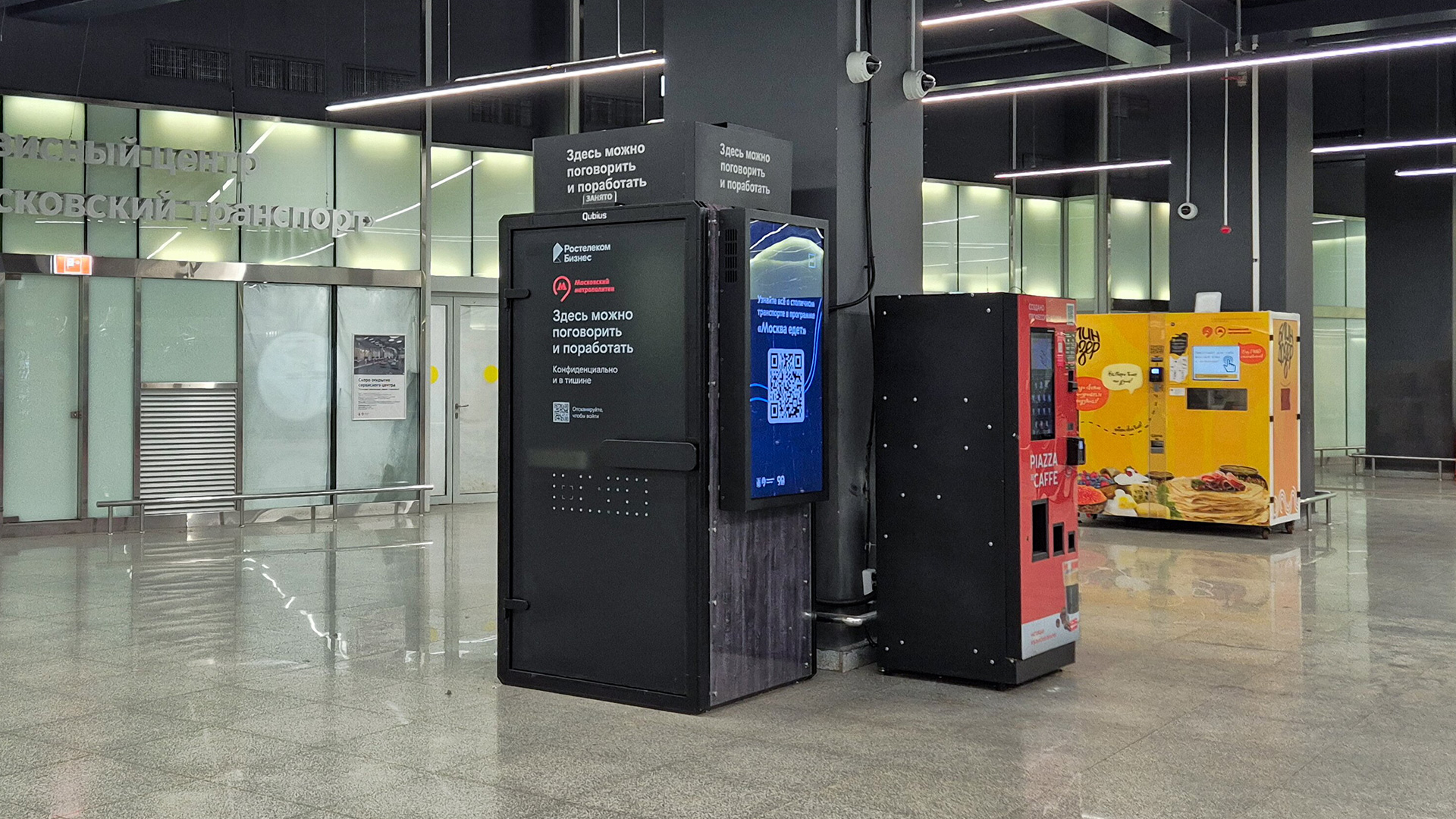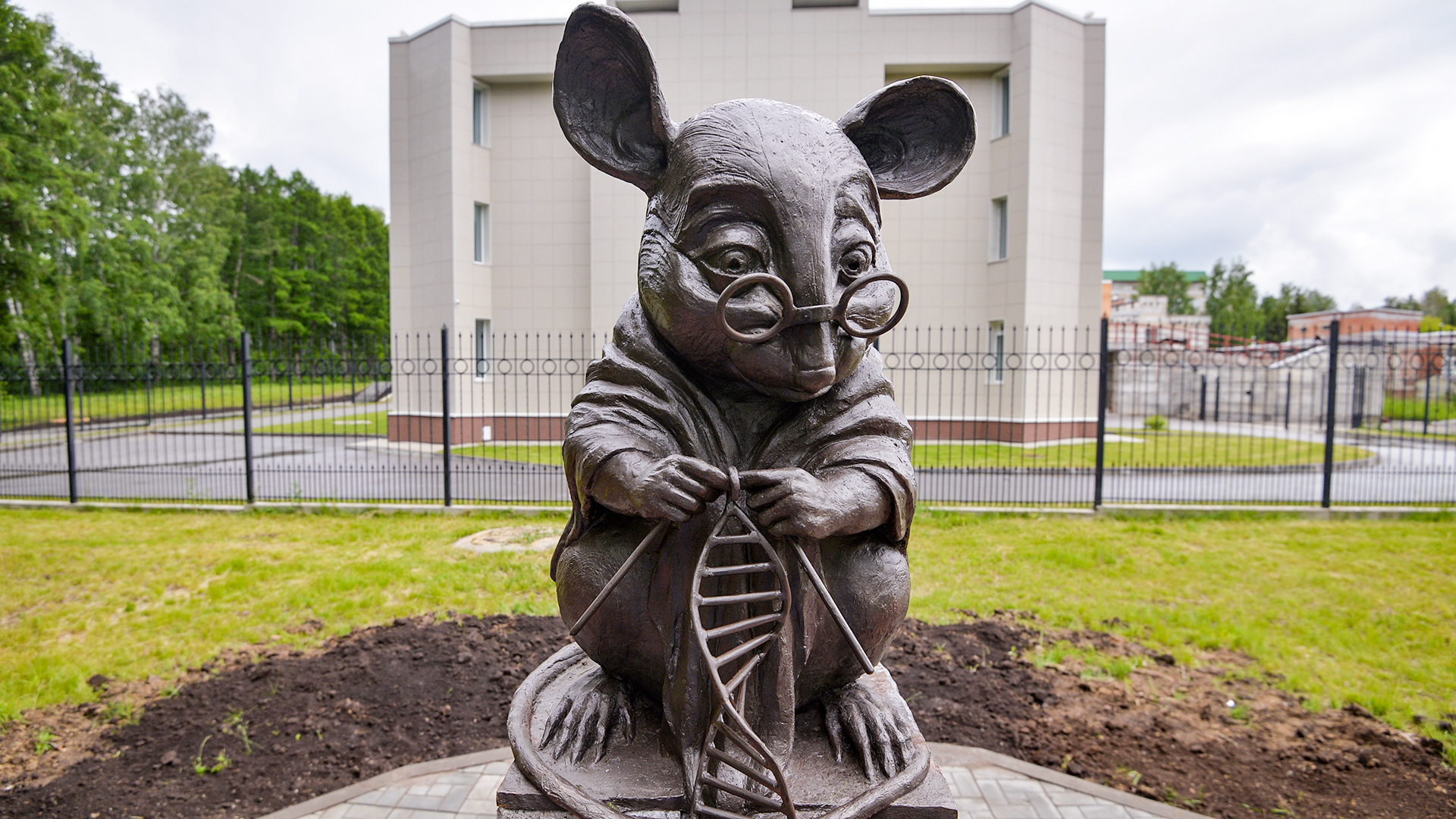
What was the Soviet ROBOT secretary like?
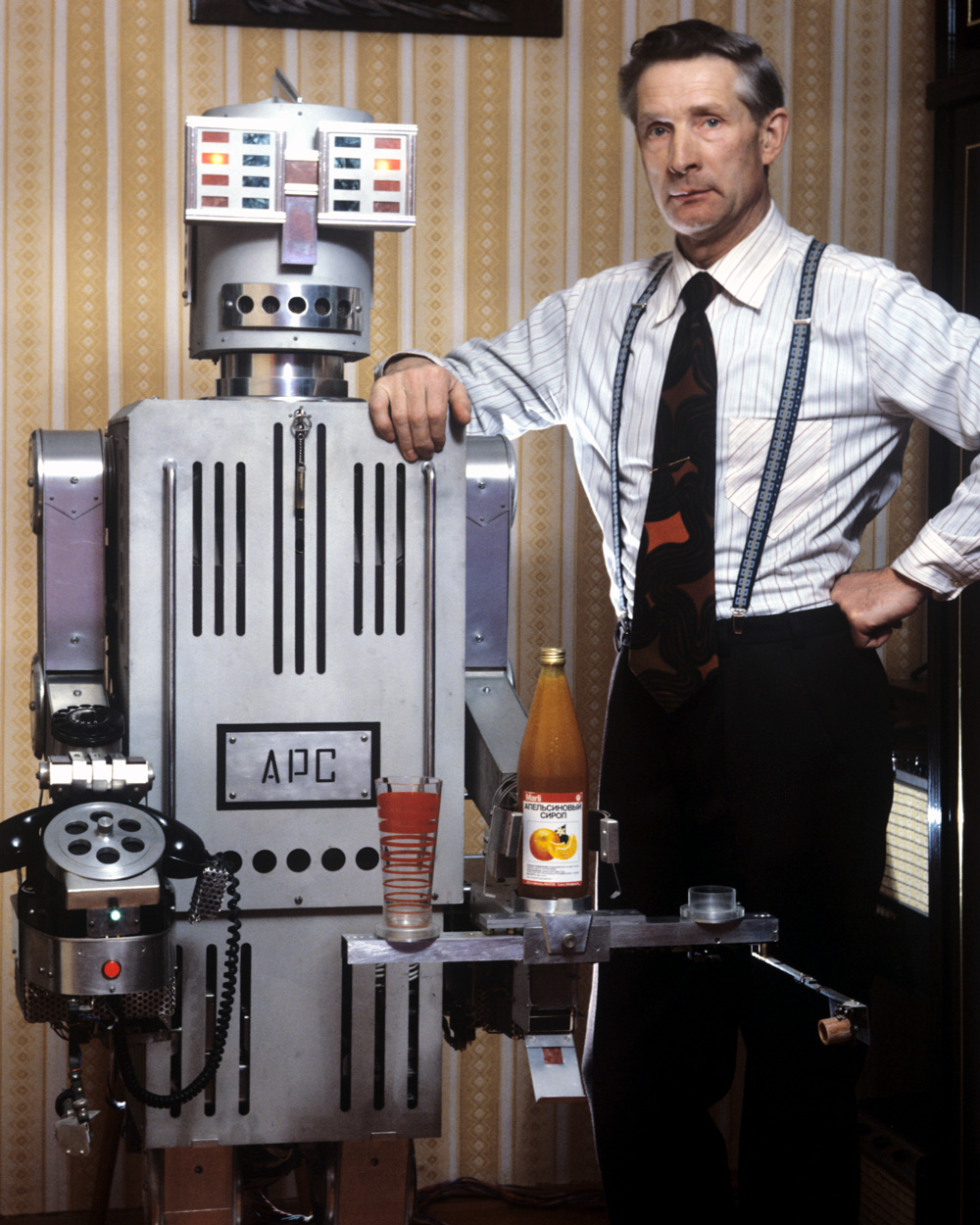
Imagine having a personal assistant who never sleeps, never makes mistakes in documents and is always available. This is exactly the kind of assistant Boris Grishin, a drafting teacher from Kaluga, created. It was a true, human-sized android robot.
In 1966, the Soviet magazine ‘Tekhnika Molodezhi’ (‘Technology for the Youth’) announced a competition for the best human-like robot. Grishin decided to participate with his ‘Automatic Radio-Electronic Secretary’, or ‘ARS’ for short. He had designed it as a home assistant for his elderly mother.
And what the robot could do (for its time) was simply astounding!
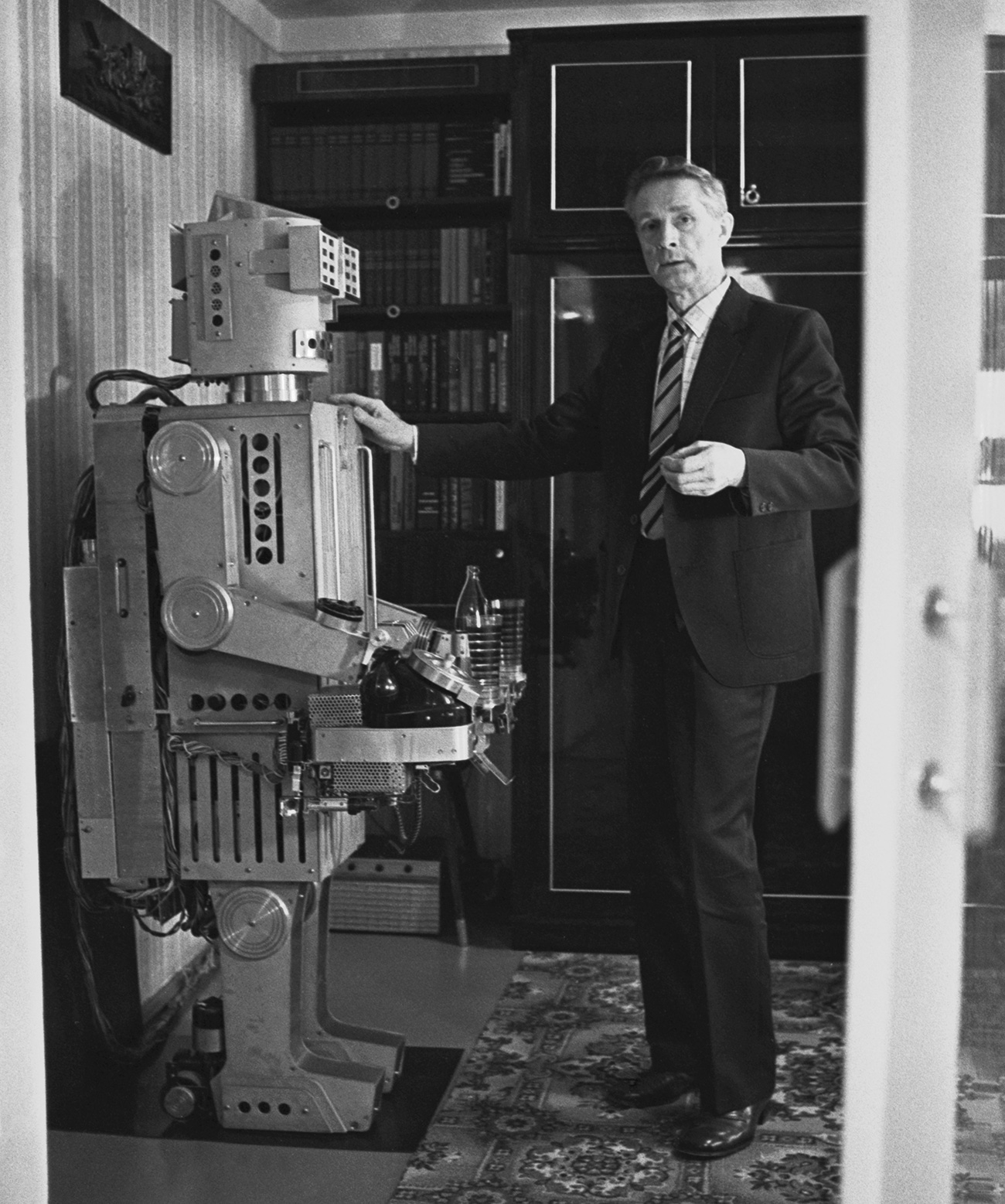
The ‘ARS’ could move around the house, bring medicine at a specified time, answer phone calls, record messages (up to 30 messages per day, each up to 2 minutes long), open the door for guests and greet them, wake people up in the morning by playing tape recordings of morning exercises and turn lights and appliances on and off. It also had a serving tray: the robot could even pour drinks and respond to voice commands.
The robot was made from sheet aluminum and weighed about 100 kg. Inside were 13 electric motors, a built-in telephone and two tape recorders. Grishin independently developed the mechanism that gave the robot its voice.
But, the most complex part was the robot's arm – it had to perform precise movements.
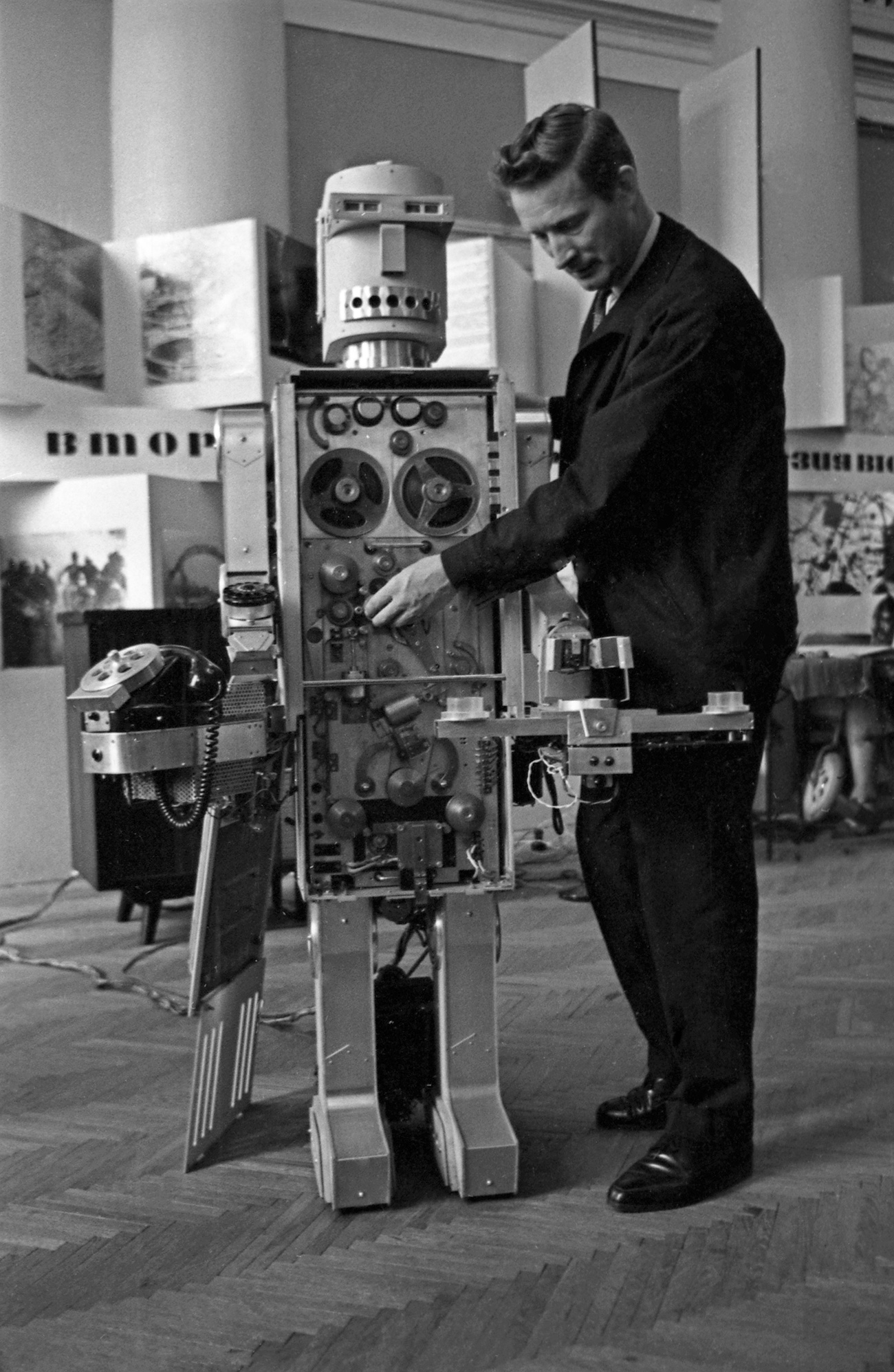
Grishin spent about three years in total developing his invention. And, at the competition, Grishin's robot was recognized as the most complex.
By the way, it has been preserved to this day: the ‘ARS’ is on display at the State Museum of the History of Cosmonautics in Kaluga.



